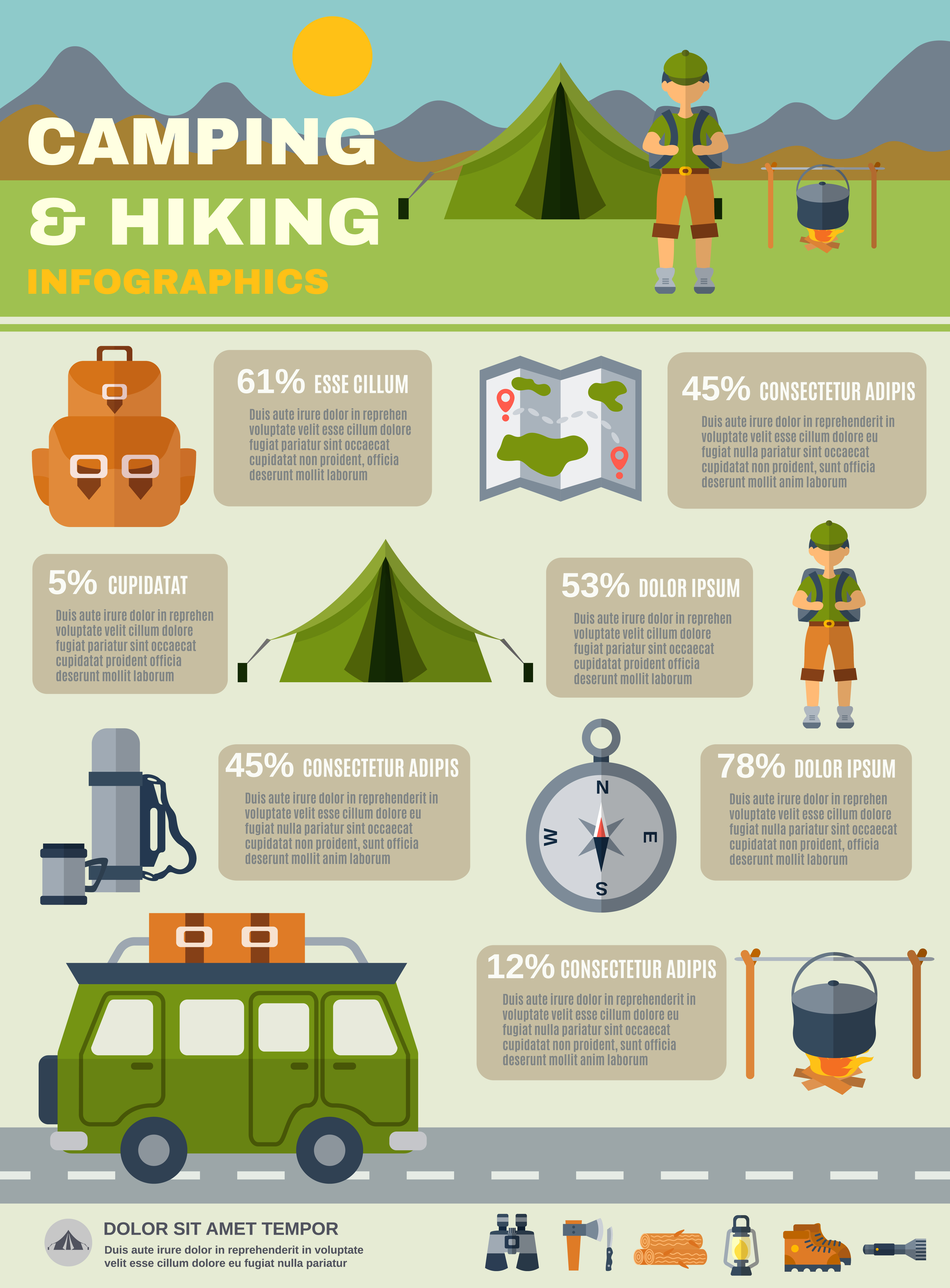Steel Vs Aluminum Frames Choosing The Right Tent Support
Exactly How Rain Flies Prolong the Life of Wall Surface TentsRainfall flies are an essential accessory for wall camping tents. They raise the capacity of a tent to safeguard campers from extreme weather while giving included convenience and durability.
Regular cleaning of a rain fly maintains mud, mold, and particles from ruining it. Likewise, making sure the appropriate tension of a rainfly stops it from sagging and permitting water to collect beneath.
Weather Resistant Products
The product used in building and construction projects can impact the longevity and toughness of the project. Selecting weather-resistant products helps reduce upkeep expenses and conserves resources for future repair and replacement.
Timber may not be the initial material that enters your mind when talking about climate resistance, but it is very durable when appropriately treated with preservatives. Cedar, redwood, and teak are instances of naturally rot-resistant woods utilized to make a variety of outdoor furnishings and frameworks.
High-performance canvas wall camping tents are made to resist wetness and maintain campers comfy. It is essential to tidy canvas and tents consistently to remove dust, mud, and dust. It is likewise vital to rinse off any type of deposit from the canvas tent before saving it away for usage. Avoid utilizing bleach, as it damages the water-resistance therapy and makes the tent much more at risk to leak. Alternatively, a soft brush and a hose pipe can be made use of to thoroughly scrub the canvas tent and rinse it off with water up until it is totally filled.
UV Direct exposure
Unless a tent is made from UV-resistant material, extended direct exposure to sunshine will certainly trigger it to weaken. This is true of all materials, yet it's specifically obvious for tents and canvas structures because of how much they're utilized in outside setups. UV radiation can trigger dyes to break down, causing a loss of shade vibrancy.
A rainfly shields wall surface tents from these hazardous UV rays by showing them before they can permeate the framework and reach your skin. It is necessary to pick a rainfly with a UPF rating of 50 or higher to get optimal UV protection.
A rainfly likewise assists control the temperature inside an outdoor tents depending on the season. A lighter rainfly can keep tents from absorbing too much heat in the summer, while a heavier rain fly can help avoid heat from leaving the tent during colder months. In either case, these additional layers of insulation can considerably prolong a camping tent's life-span.
Dampness Damages
Canvas outdoors tents are rather sturdy and can last 15-30 years with attentive treatment, however even the most high-performance canvas is not impervious to rainstorms. A rain fly or fly sheet adds a layer of protection for the roof of your canvas outdoor tents and aids stop dampness damages.
Condensation, mold and mildew, and mold are not only unpleasant, but they can additionally ruin the structural integrity of your canvas tent. Protecting against these troubles is simple, however it needs precise care and focus to information.
Make it a habit to inspect your tent in the morning and eliminate any type of all-natural condensation, dew, or snow that has accumulated on the surface. Afterward, make sure to spread your outdoor tents out in an open area and utilize a soft brush to scrub away any type of mold and mildew that has actually created. As soon as you have eliminated the impacted locations, re-treat the outdoor tents with a mold awesome option and wash it extensively to stop any type of future infestations.
Dampness Accumulation
While typical, condensation can harm products if left uncontrolled. Luckily, proactive approaches like cleaning surfaces and airing out camping tents reduce condensation' impact.
Camping tent fabric, climate problems and usage patterns contribute to condensation degrees. Sailcloth, for instance, stands up to water vapor dissipation and tends to present beaded beads quicker than polyester or nylon options. Comprehending this difference notifies how outdoor tents owners handle condensation.
Occupant's breathed out breath and damp garments and equipment spike moisture levels. An absence of air flow strategies permits wetness to tent setup condense when cozy interior air fulfills cooler surface temperatures. This cycle enhances on moist nights or when an outdoor tents is placed in low spots. Checking and wiping camping tent surface areas right away after cooling motivates moisture to distribute before harmful textiles or developing mold and mildew. Localized air flow, such as routing a fan toward joints, more aids the process. Identifying the most vulnerable locations of an outdoor tents, like high ridges and edges, helps campers improve their dampness management routines.
